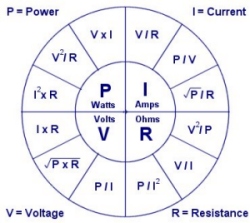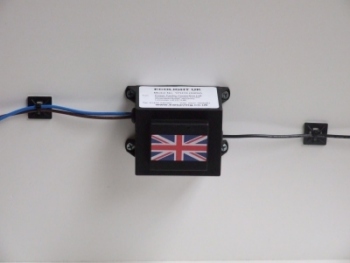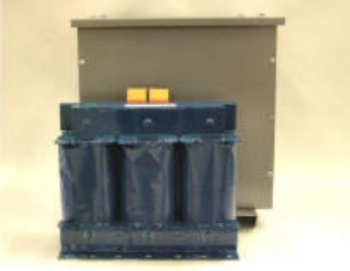|
|
 |
|||||||
|
1. Fluorescent and high bay alternative solutions |
|||||||
|
· Savings of 25% to 40% are instantly available depending on mains input voltage by converting to our unique design T5 lighting. · Energy Savings and greatly extended lamp life are achieved by using constant wattage high frequency electronic ballast. · Lamp life extended from the 8,000 hour average, to 27,000 hours (and far greater in many instances). · Flicker free high frequency operation. · The ballast’s used produce very little in the way of harmful harmonics. · Continuous switching of the ballast has little or no effect on lamp-life (The manufacturer has tested lamps to 1,000,000 switching cycles, with no noticeable lamp degradation). This leads to cost-effective lamp control using passive switching systems, rather than expensive dimming systems . |
|||||||
|
2. Voltage stabilisation for existing switch start fluorescent and high bay lighting |
|||||||
|
The standard single phase voltage here in Great Britain is 240 volts whereas in mainland Europe it is 220 Volts. By operating lamps designed for 220 volts at 240 volts we increase the light output, generate more heat and thus reduce the lamp life and increase the operating cost. Night time voltages in excess of 250 volts are not uncommon. By using voltage stabilisation, energy savings and greatly extended lamp life are achieved.
Energy saving potential of stabilised voltage on lamps is based up the fundamental properties of OHMS and WATTS laws. Here in Great Britain the voltage tolerance is now +10% to -6% on 230 V nominal supply. A note on European Voltage Harmonisation: 1 - Over voltage effect - 253V (+10% of 230V) is typical during the night) Consider the power (P) in a normal circuit, using ohms law, as follows: - (A) P1 = I2 x R = V2/R Now consider a case where the voltage is 6% above V1: - V2 = V1 x 1.06 Therefore - P2 = V22/R = (V1 x 1.06)2/R (B) P2 = (V1) 2/R x 1.12 from (A) above P1 = V2/R, so substituting in (B) P2 = P1 x 1.12 This is a 12% increase in the Power consumed (compared to the standard 240 volts). Switch start fluorescent, SON and Metal Halide with controlled voltage supply. 2 - Voltage Stabilisation - Savings from regulated 210V against actual 240V Using a stabilised 210V power supply against a nominal 240V. Using ohms law, this represents the following savings: - P1 = I2 x R = V2/R Now allow a voltage reduction from 240 to 210V:- Therefore - P2 = V22/R= (V1 x 210/240)2/R = P1 x 0,76 This is a 24% energy saving over lamps at 240V.
SON, switch start fluorescent and metal halide lamps will operate at 185 volts so further reduction has the potential to give daylight savings in excess of 40% with no significant loss of light output. NB: High frequency fluorescent lighting is usually constant wattage and so reducing the voltage cannot save energy. A full range of sizes its available. From single phase for individually switched street and car park lighting to IP65 3 phase boxed units 20A to 180A.
|
| [kwsaving home] [Power Factor Correction] [Motor optimiser] [Energy Saving Lighting] [Soft Starters] [Sub Metering] [Energy Monitoring] [NEWS] |
|
AJM Energy e-mail:info@kwsaving.co.uk From Outside Great Britain :-
|
|||


